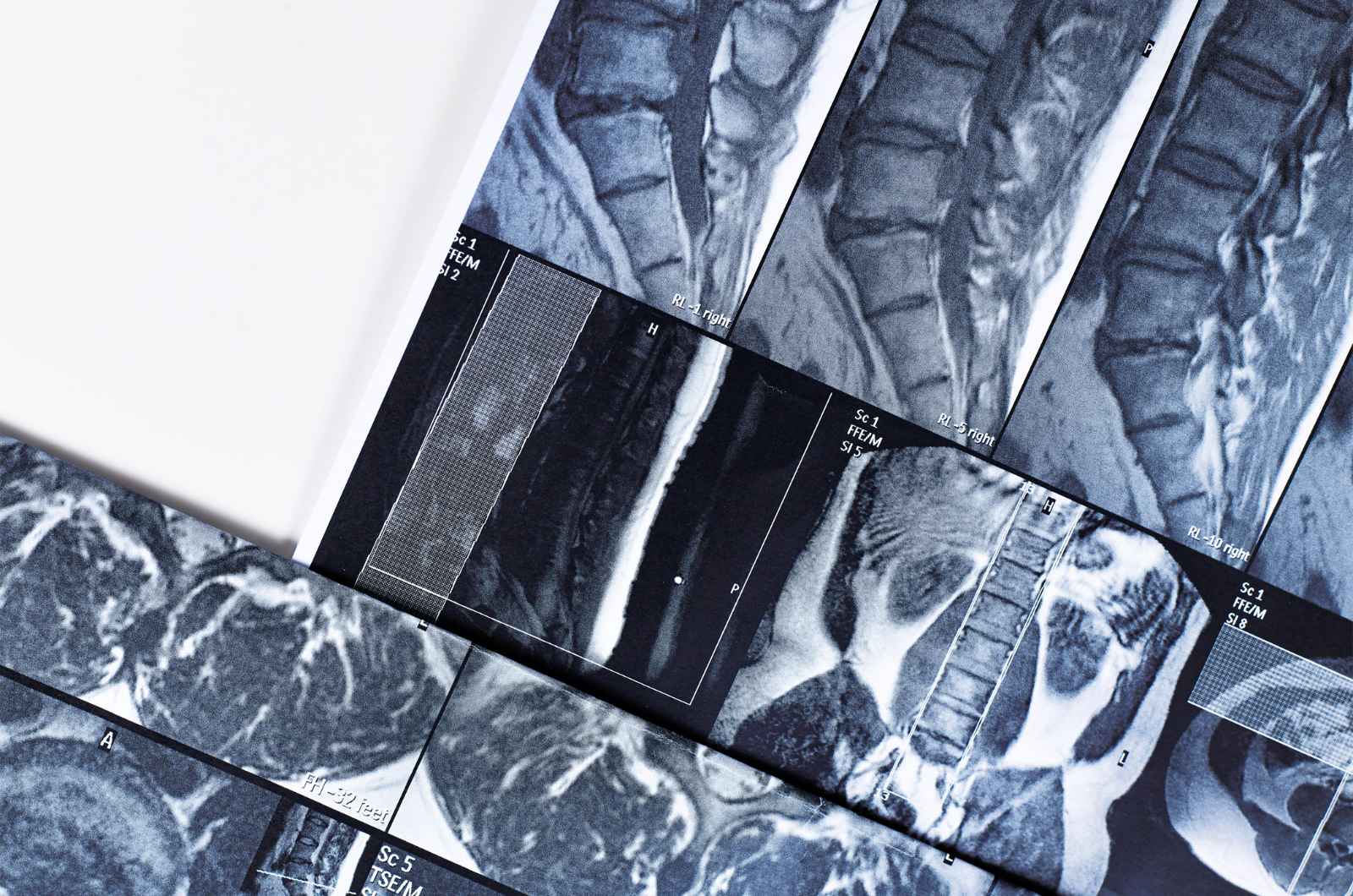Introduction to Orthopedic Medical Devices Certification
orthopedic medical device are crucial in treating bone and joint conditions, improving patients' quality of life. Before these devices can be used in clinical settings, they must undergo a stringent certification process. This ensures they meet high standards for safety and effectiveness. Certification involves a series of steps that manufacturers must follow meticulously, including preclinical testing, quality management assessments, and regulatory approvals. Understanding this process is essential for both manufacturers and healthcare providers, as it guarantees that the devices used are reliable and safe for patient care.
Why Is Certification Important for Orthopedic Devices?
Certification is crucial for orthopedic devices because it ensures these products are safe and effective for patient use. When devices are certified, it means they have undergone rigorous testing and evaluation to meet established safety standards. This process helps prevent device failures that could lead to serious health risks, such as increased pain, immobility, or the need for additional surgeries.
For healthcare providers, using certified devices offers confidence in the quality and reliability of the tools they employ in treatments. It also enhances patient trust, knowing that the devices used in their care have been thoroughly vetted for safety and efficacy. Additionally, certification helps manufacturers stay competitive in a market where quality and safety are paramount. Overall, the certification of orthopedic devices is a critical step in maintaining high standards of patient care and advancing medical practices.
What Is the Certification Process for Orthopedic Medical Devices?
The certification process for orthopedic medical devices is a detailed and rigorous journey aimed at ensuring these devices meet the highest standards of safety and efficacy. Here’s a closer look at the key stages involved:
Preclinical Studies
Preclinical studies are the first step in the certification process. These studies typically involve testing on large animals like pigs, sheep, and calves to evaluate the basic safety and functionality of the device. These tests are crucial for identifying any potential issues before the device can be used in human trials.
Application for Certification
Once preclinical studies are completed and the results are favorable, manufacturers can proceed with the application for certification. This involves submitting detailed documentation to the relevant regulatory body. The application must include comprehensive information about the device, its intended use, design specifications, and the results of preclinical studies.
Quality Management System Assessment
Another critical aspect of the certification process is the assessment of the manufacturer’s Quality Management System (QMS). Regulatory bodies audit the QMS to ensure it complies with industry standards like ISO 13485. A robust QMS is essential for maintaining consistency and safety throughout the device's lifecycle.
By following these steps meticulously, manufacturers can navigate the complex certification process and bring safe and effective orthopedic medical devices to the market.
How Do Manufacturers Stay Updated on Certification Requirements?
Manufacturers must stay informed about the latest regulations and standards to ensure compliance. Regularly subscribing to industry newsletters and regulatory updates is essential. Participating in workshops, seminars, and webinars can provide valuable insights into new developments. Engaging with professional regulatory consultants helps in understanding complex requirements. Additionally, keeping an eye on emerging technologies and clinical practices through literature reviews and industry conferences is crucial. Networking with peers in the field can also offer practical knowledge and updates. By adopting these strategies, manufacturers can effectively navigate the evolving landscape of orthopedic medical device certification.
